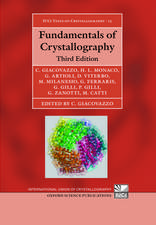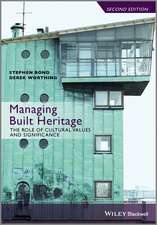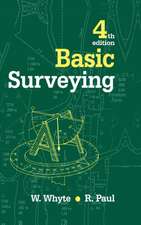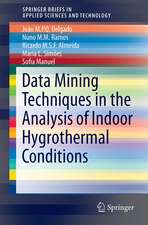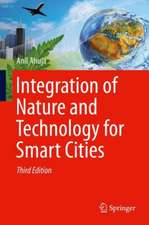Scientific Methods and Cultural Heritage: An introduction to the application of materials science to archaeometry and conservation science
Autor Gilberto Artiolien Limba Engleză Hardback – 8 iul 2010
Preț: 760.39 lei
Preț vechi: 1037.41 lei
-27% Nou
Puncte Express: 1141
Preț estimativ în valută:
145.50€ • 152.32$ • 120.39£
145.50€ • 152.32$ • 120.39£
Carte tipărită la comandă
Livrare economică 25-31 martie
Preluare comenzi: 021 569.72.76
Specificații
ISBN-13: 9780199548262
ISBN-10: 0199548269
Pagini: 554
Ilustrații: 200 b/w line and halftone figures, 8pp colour plates
Dimensiuni: 195 x 248 x 33 mm
Greutate: 1.4 kg
Editura: OUP OXFORD
Colecția OUP Oxford
Locul publicării:Oxford, United Kingdom
ISBN-10: 0199548269
Pagini: 554
Ilustrații: 200 b/w line and halftone figures, 8pp colour plates
Dimensiuni: 195 x 248 x 33 mm
Greutate: 1.4 kg
Editura: OUP OXFORD
Colecția OUP Oxford
Locul publicării:Oxford, United Kingdom
Recenzii
A very interesting way of presenting the matter: it is precise and rigorous from the scientific point of view, while it is accessible also to people who do not have a scientific basis but are interested in these applications.
The author has clear ideas about how to do research in this field, ... easy to read and gives useful information to non-specialised people.
The scientific level the subjects are presented is high enough to be useful for the majority of students and graduates interested in acquiring a better general view of methods applicable to different materials and objectives, furnishing the theoretical principles the methods are based on and the application fields.
The author has clear ideas about how to do research in this field, ... easy to read and gives useful information to non-specialised people.
The scientific level the subjects are presented is high enough to be useful for the majority of students and graduates interested in acquiring a better general view of methods applicable to different materials and objectives, furnishing the theoretical principles the methods are based on and the application fields.

